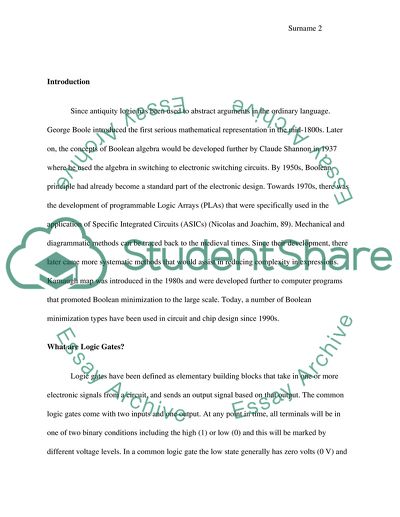Cite this document
(Digital Logic Design Principles Research Paper Example | Topics and Well Written Essays - 3750 words, n.d.)
Digital Logic Design Principles Research Paper Example | Topics and Well Written Essays - 3750 words. Retrieved from https://studentshare.org/information-technology/1881274-logic-circuit
Digital Logic Design Principles Research Paper Example | Topics and Well Written Essays - 3750 words. Retrieved from https://studentshare.org/information-technology/1881274-logic-circuit
(Digital Logic Design Principles Research Paper Example | Topics and Well Written Essays - 3750 Words)
Digital Logic Design Principles Research Paper Example | Topics and Well Written Essays - 3750 Words. https://studentshare.org/information-technology/1881274-logic-circuit.
Digital Logic Design Principles Research Paper Example | Topics and Well Written Essays - 3750 Words. https://studentshare.org/information-technology/1881274-logic-circuit.
“Digital Logic Design Principles Research Paper Example | Topics and Well Written Essays - 3750 Words”, n.d. https://studentshare.org/information-technology/1881274-logic-circuit.


